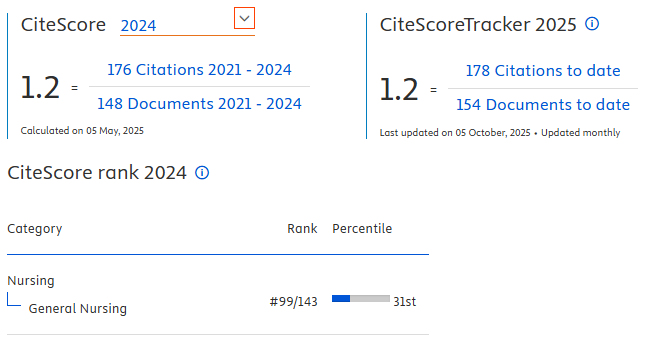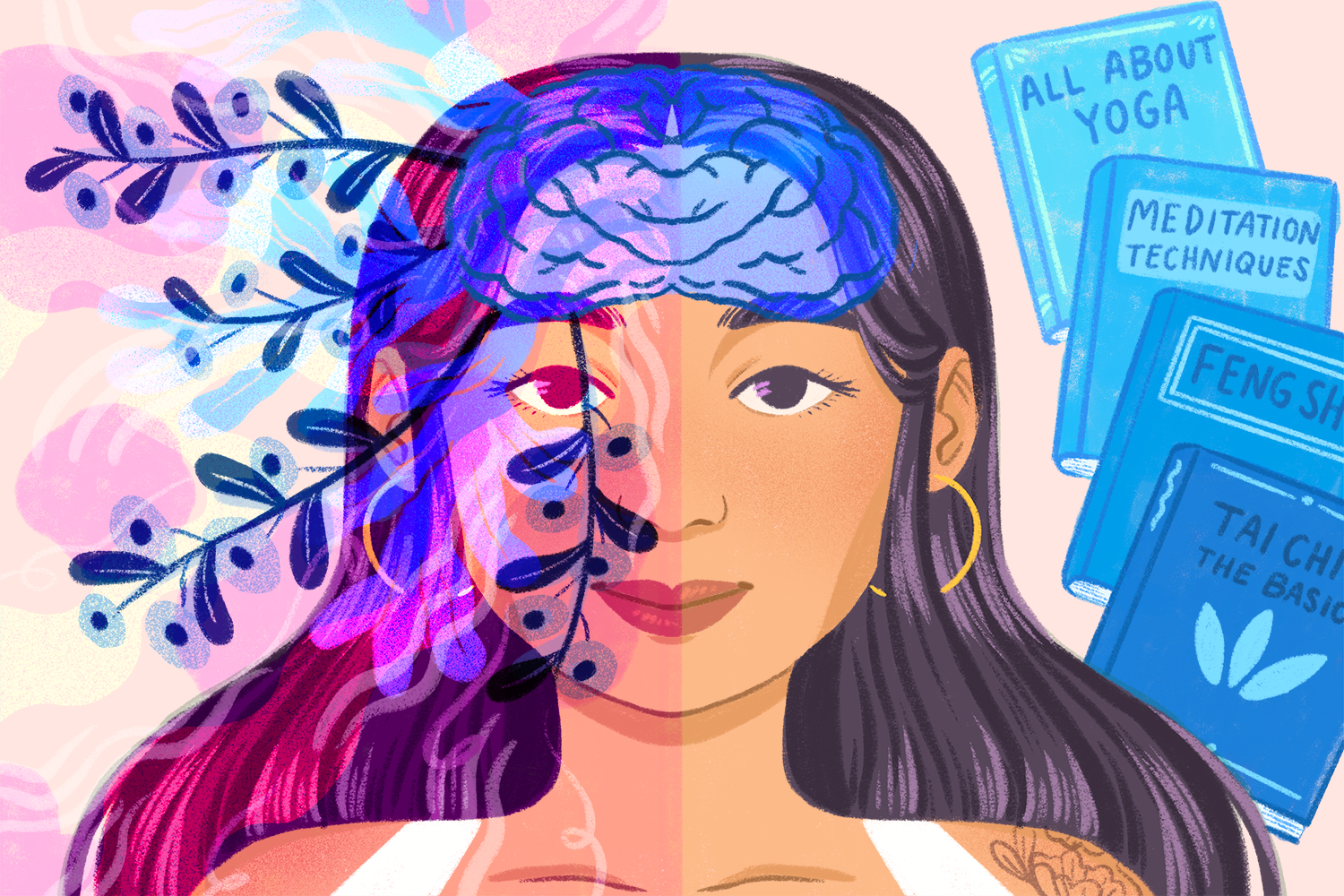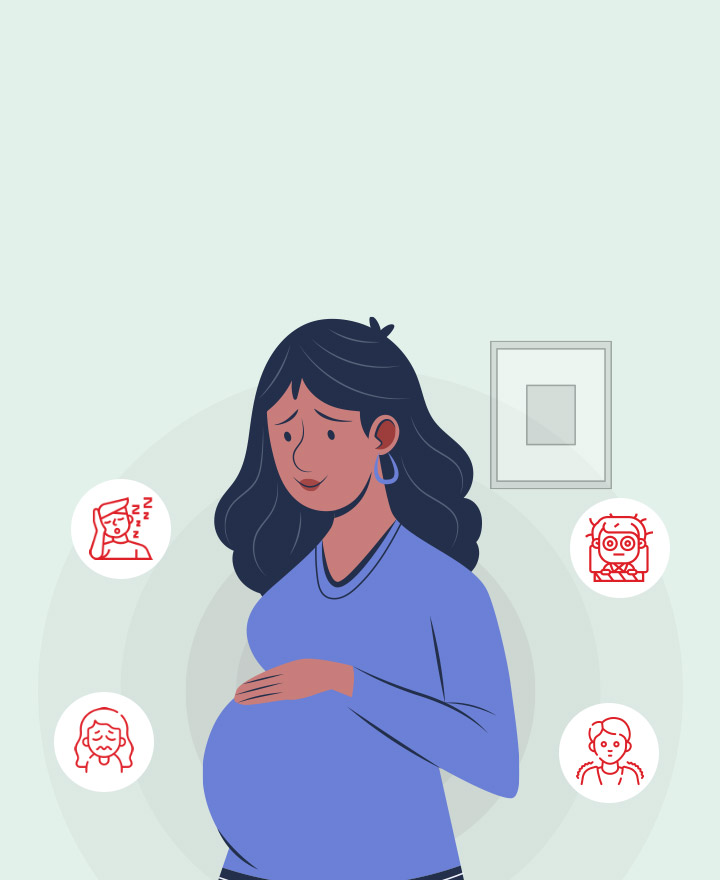Holistic Learning Model Increase Asetilkoline Level and Caring Behavior on Student in Caring Patiens with Ischemic Stroke
Downloads
Methods: This study used a pre-experimental design. The samples in this study were 30 students in semester 2 of nursing diploma Sidoarjo. Samples given intervention in the form of holistic learning, and given a pretest and posttest including measurement of acetylcholine levels by quantitative Elisa technique, and caring behavior by using questionnaires and observations. Data were analyzed using levene's test, t-test, wilcoxon test and correlation.
Results: Statistical analysis showed that there was significant difference in the level of asetilkoline before and after the intervention with p = 0.015, whereas significant differences in caring behavior indicates p = 0.001. The result of correlation test showed that there was significant correlation between the levels of acetylcholine and caring behavior after intervention (r = 0.003).
Disscussion: It was concluded that the holistic learning model can improve the asetilkoline levels and caring behavior of the students. Lecturers are encouraged to use the model of holistic learning in teaching students.
Abdurahman, M., & S. A. Muhdin. (2007). Analisis korelasi, regresi, dan jalur dalam penelitian. Bandung: CV Pustaka Setia.
Dossey & Dossey. 1998. Holistic nursing: A handbook for practice. (5th ed).
Hawari, D. 2008. Managemen stres, cemas dan depresi. Jakarta: Balai Penerbit FKUI Jakarta.
Kuntoro. 1998. Metodologi penelitian. Surabaya: Fakultas Pascasarjana Unair.
Lazarus, R. S. 1993. From psychological stress to emotion. Annu Rev Psychol. Pp. 1-21.
Authors who publish with Jurnal Ners agree to the following terms:
- Authors transfer the Copyright and grant Jurnal Ners the right of first publication with the work simultaneously licensed under a Creative Commons Attribution 4.0 International License that allows others to remix, adapt and build upon the work with an acknowledgment of the work's authorship and of the initial publication in Jurnal Ners.
- Authors are permitted to copy and redistribute the journal's published version of the work (e.g., post it to an institutional repository or publish it in a book), with an acknowledgment of its initial publication in Jurnal Ners.
Jurnal Ners requires a formal written declaration and transfer of copyright from the author(s) for each article published. We, therefore, ask you to complete and return this form, retaining a copy for your own records. Your cooperation is essential and appreciated. Any delay will result in a delay in publication. The form can be downloaded HERE.
































